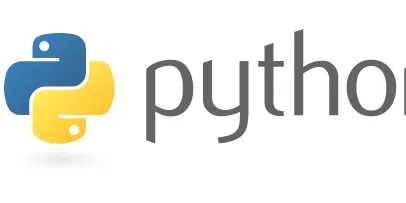Discover the best resources to learn about AI & Software Engineering - With AI⚡️Tutoring
Profiling-Tools
Profiling tools are essential utilities in software development that help developers analyze the performance of their applications. By measuring various metrics such as execution time, memory usage, and function call frequency, these tools identify bottlenecks and inefficiencies in code. Profiling enables developers to optimize their applications, leading to improved performance and resource utilization. Different programming languages offer various profiling tools, each with unique features tailored to specific needs. Understanding and utilizing these tools can significantly enhance the efficiency and responsiveness of software applications, making them crucial for both development and production environments.

Unveiling Bottlenecks (Part 2): A Deep Dive into Profiling Tools
In our previous blog post, we introduced the concept of profiling for optimizing Shiny app performance. Today, we’ll take a deep dive into three powerful tools in this arsenal: reactlog, profvis and s...
📚 Read more at R-bloggers🔎 Find similar documents

Debugging and Profiling
Debugging and Profiling These libraries help you with Python development: the debugger enables you to step through code, analyze stack frames and set breakpoints etc., and the profilers run code and ...
📚 Read more at The Python Standard Library🔎 Find similar documents

Continuous Profiling for Python Applications
In computer programming, the meaning of “profiling” is “finding and optimizing those resources that can decrease the response time, cache time, interruptions, and usage of individual instructions in…
📚 Read more at Level Up Coding🔎 Find similar documents

Profiling in Go
A brief guide to explain your app’s connection with your CPU or memory Photo by Kai Dahms on Unsplash What Is Profiling, and Why Is It Useful? Have you ever wanted to dig deeper for explanations as t...
📚 Read more at Better Programming🔎 Find similar documents

Chapter 27 - Code Profiling
Code profiling is an attempt to find bottlenecks in your code. Profiling is supposed to find what parts of your code take the longest. Once you know that, then you can look at those pieces of your co...
📚 Read more at Python 101🔎 Find similar documents

The Python Profilers
The Python Profilers Source code: Lib/profile.py and Lib/pstats.py Introduction to the profilers cProfile and profile provide deterministic profiling of Python programs. A profile is a set of statist...
📚 Read more at The Python Standard Library🔎 Find similar documents

YData Profiling: The New Standard for Data Profiling
YData Profiling is a new open-source data profiling tool that has quickly become the standard for data scientists and data analysts. It offers a wide range of features and benefits that make it the…
📚 Read more at Python in Plain English🔎 Find similar documents

Top Tools for Profiling Your Python Code and How to Use Them
Do you know how to Profile your Python code? Continue reading on Python in Plain English
📚 Read more at Python in Plain English🔎 Find similar documents

Data Scientists, Start Using Profilers
A profiler can show you exactly which parts are taking the most time, allowing you to see which sections to spend time optimizing to speed up your code.
📚 Read more at Towards Data Science🔎 Find similar documents

-XXcallProfiling
This option enables the use of call profiling for code optimizations. Profiling records useful runtime statistics specific to the application and can—in many cases—increase performance because JVM can...
📚 Read more at Essential Java🔎 Find similar documents

Profiling Python Code
Last Updated on June 21, 2022 Profiling is a technique to figure out how time is spent in a program. With these statistics, we can find the “hot spot” of a program and think about ways of improvement....
📚 Read more at Machine Learning Mastery🔎 Find similar documents

Performance Profiling During Development
Performance profiling isn’t just an activity reserved for Ops teams monitoring an application in production. In my view, it’s a skill that should become part of every decent software…
📚 Read more at Better Programming🔎 Find similar documents

